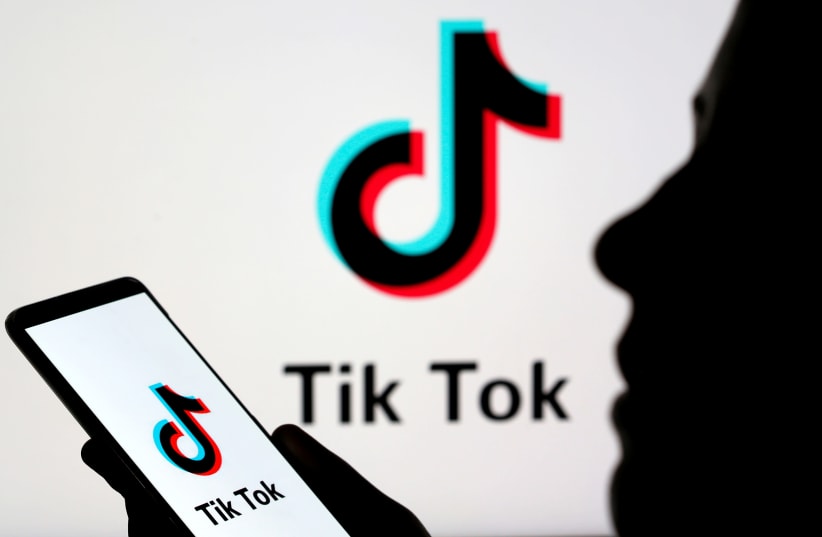"Safety is our top priority and we do not tolerate violence, hate speech or hateful behaviour. We have already taken action to remove content that violates our Community Guidelines and we will continue to take action wherever necessary, including cooperating with law enforcement where we receive a valid request," responded Tik Tok.
Hamas has been TikToking about Jerusalem, Israeli-Arabs for a year
What has been unique about this round of fighting is the combination of an extensive Hamas media campaign to rally support from Israeli Arabs along with concrete calls for them to take up arms.
